The very thought of the 1999 Super Cyclone gives us shivery goose-flesh even today. Odisha was rendered completely helpless in the face of the wrath of nature. More than 10,000 Odias lost their lives. Scores of children were orphaned and many parents also lost their children forever. Entire topographies of many areas were altered. An unhappy history of unforgettable pain was written and still stays echoed.
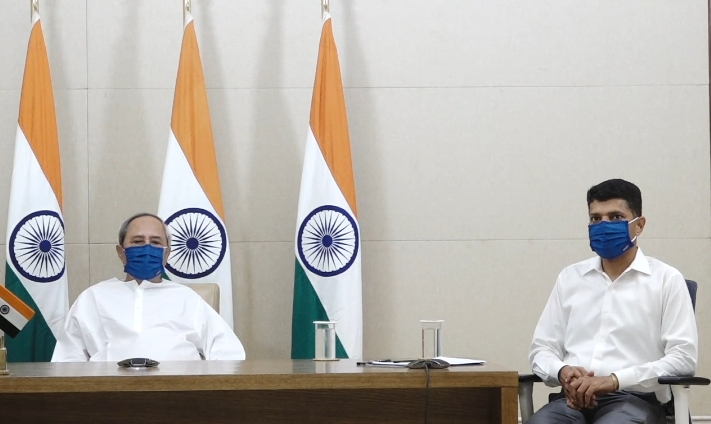
However, in the last two decades, Odisha has become so resilient that it can withstand natural disasters, much like the Himalayas. Odisha has seen occurrences of cyclone after cyclone – Phailin in 2013, Hudhud in 2014, Titli in 2018, Fani in 2019, Amphan in 2020, and the most recent Yaas – almost in the same regularity as with tourist footfalls. Odisha has been impacted in varying degrees by all these stated natural calamities. On some occasions, cyclones have hit Odisha directly on their path and, on some other occasions, they have tangentially touched our territories to have landfall in neighbouring states. But what have clearly come through all these episodes are the decidedly lower levels of loss and damage. Odisha is now viewed as a champion in combating cyclones, most notably in the matter of saving lives and assets. The restoration of loss and damage is way faster. Prompt and effective rehabilitation keeps ensuring that the people of Odisha return to normalcy in a short period of time.
This change, however, has not taken place overnight. The admirable turn-around has not come about inside a day, month or year. With sustained efforts, farsighted strategies and planned development of infrastructure, the State has been made battle-ready in such a failsafe way that forget the recurrence of the Super Cyclone of 1999, the people of the State would likely never undergo a similar debilitating trauma – this has been ensured by the state’s Chief Minister. In fact, the situation today represents a 180-degree change in that Odisha leads the way in disaster management and rehabilitation assistance in case of natural adversities anywhere in the country. Other states now hopefully look toward Odisha for help. The deserving recipient of credit for all this is Shri Naveen Patnaik who has taken Odisha – the hapless victim of 1999 -to the forefront of catastrophe management.
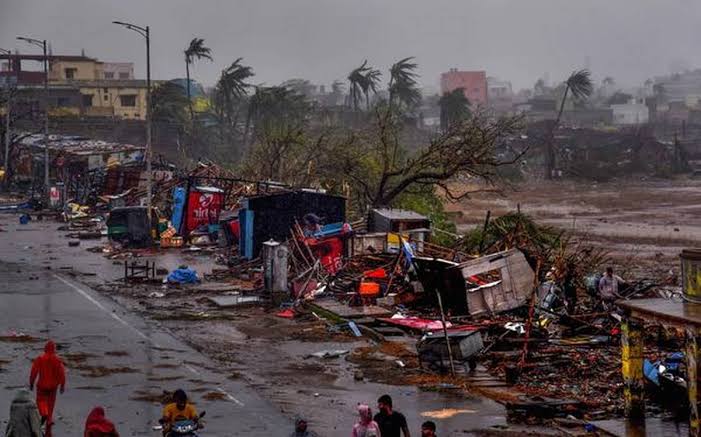
This thorough transformation in the equippedness of a resource-scarce and destitutestate like Odisha has been brought about by the Chief Minister of the state. Preliminary preparations for cyclonesstart in earnest the moment first notifications are registered. The probable path of the cyclone is constantly tracked to pin-pointedly anticipate the ‘landfall’ and accurately assess its impact. People in vulnerableareas are evacuated to safe shelters well in time. To that end, thousands of cyclone shelters have been set up in the State. That apart, school buildings are also readied and made available as temporary shelters. Extensive awareness measures are undertaken to sensitize people. Human resources apart, even animal resources are also brought to safe shores. Cooked and dried food, drinking water, and lighting are arranged to make their stayhardship-free.
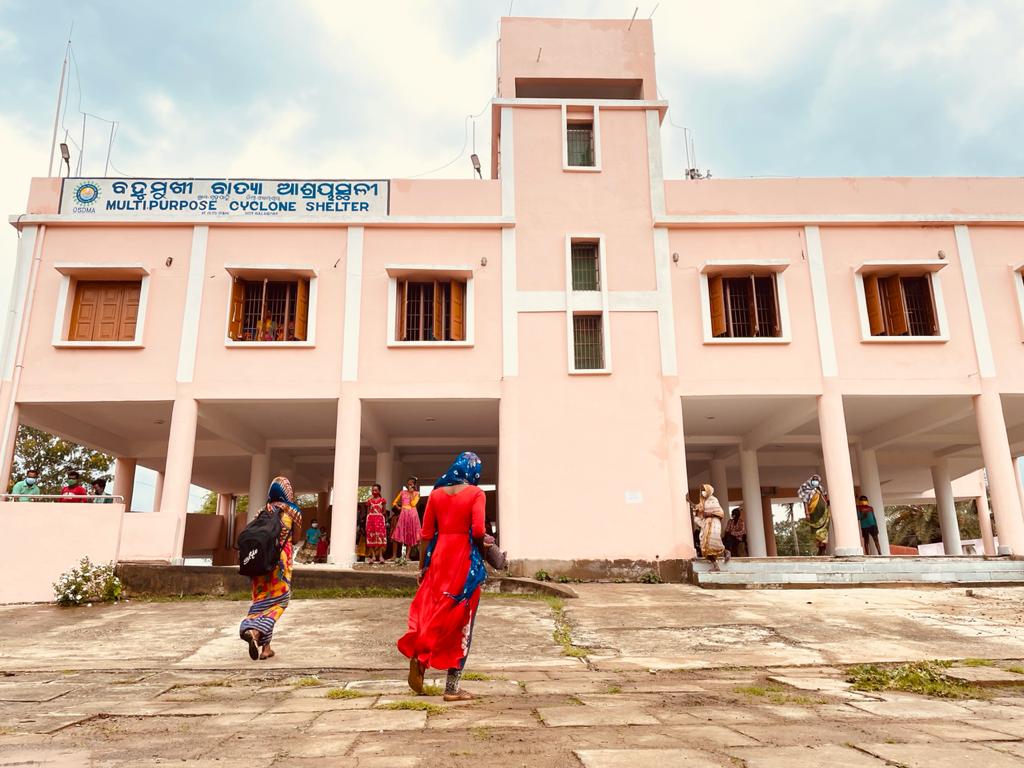
In addition, the whole range of post-cyclone rebuilding work – from organizing relief operation to reinstating critical infrastructure services like electricity, communication, roads and bridges – is being done in a home-grown way and in very good time. The ODRAF in our state like the NDRF at the national level and the fire brigade are now self-sufficient without reliance on others. Things start moving in auto mode and in a planned and organized manner as soon as the cyclone warning is received. The precise reason for the same consists in the fact that the state, under Shri Naveen Patnaik’s stewardship, has made such strides in capacity building and infrastructure development in recent years that Odisha has become an exemplary model in disaster management.
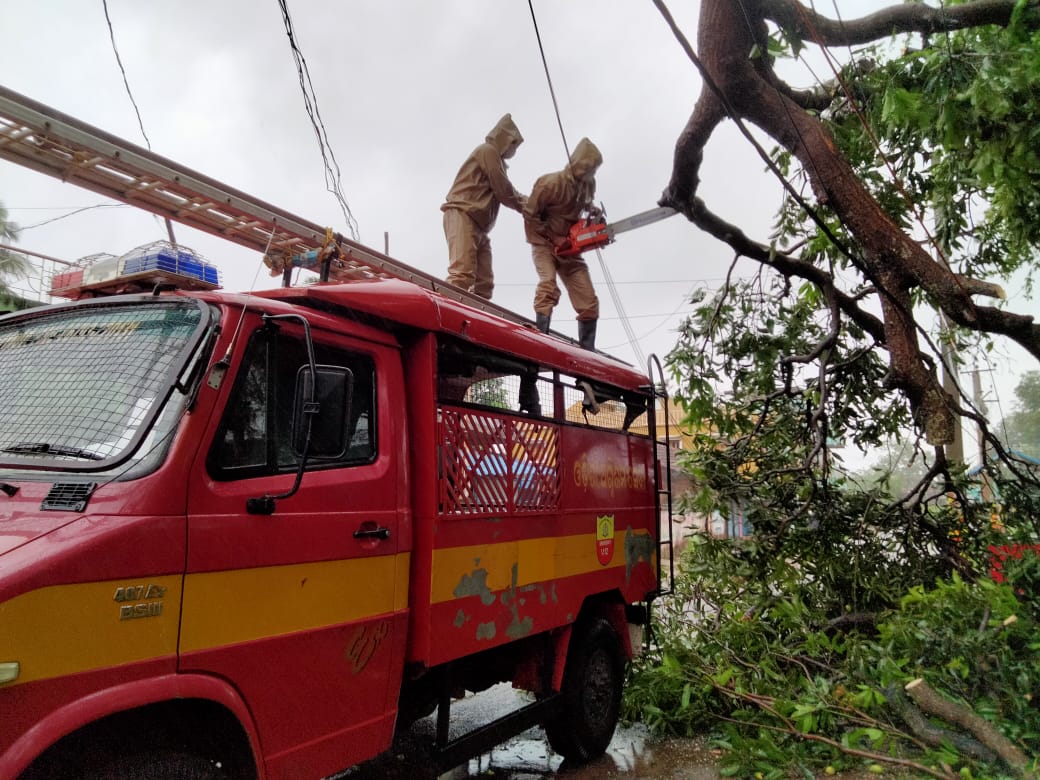
The underlying spirit behind the “Zero Casualty” concept is: Every single life is precious; no one will be allowed to die. With that as the goal, the Odisha Chief Minister has ceaselessly encouraged and pushed for the project to work in ‘Mission Mode’. As a heart-warming consequence, everyone in the chain – from the highest administrative levels in the state to the Panchayat-level popular representatives, the grassroots Ashakarmis, the Anganwadi sisters, ANMs and SHG women members – is now experienced and adept in this turf. A skilled and bankable human resources work-force is now deployed and ready for eventualities.
Notably, ‘Yaas’ was worryingly different from other cyclones. On the one hand, there was the temporary threat of the cyclonic storm, and, on the other, there was the continuing fear of the Covid-19 pandemic. However, ‘Team Naveen’ took this as a twin challenge and drove the preparations accordingly. Covid-appropriate accommodation in the cyclone shelter homes, special lodging arrangements for Corona-positives staying in home isolation, the related emergency logistic operation for relocation of such affected people, special care for the pregnant and the child-bearing – granular instructions for each of these aspects were issued by the hands-on Chief Minister. As a result, despite the enormity of the cyclone, more than 700000 people could be housedsafe and sound in about 3,000 shelters. 2,100 pregnant women from the prone districts were transferred in advance to nearby hospitals for safe child-birth. About 750 children were born safely with the storm looming large. Within 24 hours from the evening of May 25, 3349 patients were rushed to hospitals through the‘108’ ambulance services. The efficiently co-ordinated network of drivers and managers was behind the transfer of 879 patients amid heavy rains and storm in the Balasore, Bhadrak, Mayurbhanj, Kendrapara and Jagatsinghpur districts. From 10, 000 deaths in 1999 to the loss of just 2 lives in 2021 – this is the telling measure of the progress the State has made in twenty-two years in cyclone preparedness and response. This has to be recognized as the matchless achievement of Chief Minister Naveen Patnaik.
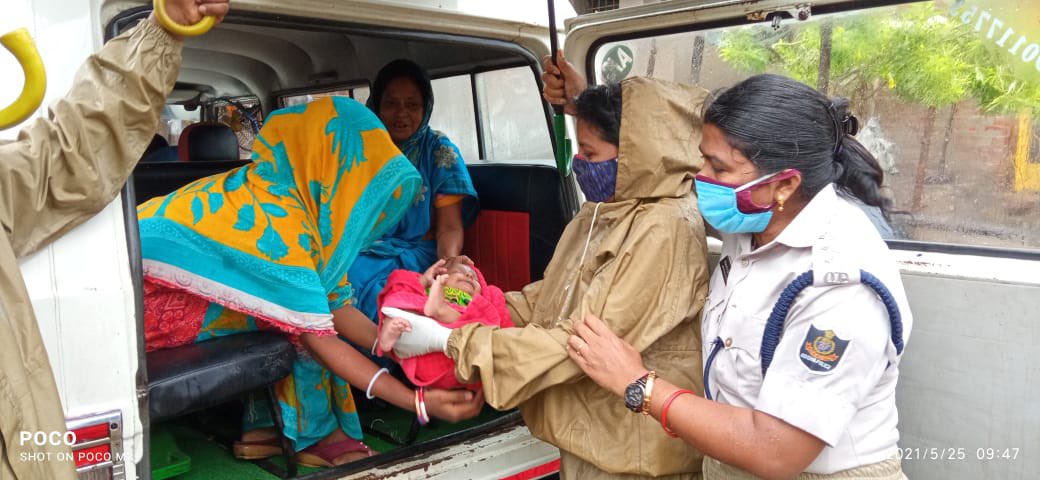
The Chief Minister also thoughtfully chose to send senior bureaucrats and doctors to the districts concerned to deal with,and oversee, the preventive and rehabilitation measures. The experience of the senior officials stood in very good stead. This also helped in keeping the morale up for the ground level staff engaged for the purpose. Remarkably, despite the expansive scope of his work-load, Shri Naveen Patnaik kept giving paramount importance to his other people-care responsibility of the moment. Supply of oxygen tankers to other states continued uninterrupted. The Chief Minister’s Secretary VK Pandian was directly monitoring all these tankers reaching their destinations without hindrance and with proper security. The production of oxygen by the industry department remained unabated. This was a unique instance of successful coordination amongst different departments.

The perceptive Naveen Patnaik quickly realized that the catastrophe-prone people of Odisha had to be prepared on their own for facing recurrent episodes. Accordingly, he has readied such an enabled environment – through far-sighted planning, inspiring leadership, necessary budgetary approvals andtrained work-force creation – that Odisha is now well prepared to stand up to any natural disaster. Shri Patnaik has set examples for disaster management not simply by beefing up the administrative machinery but also by building popular affiliation. He has been directly exhorting the people of the state and strengthening their morale. That is why Odisha is highly acclaimed not only nationally but also internationally. There are accolades and recorded recognitions for the Odisha Chief Minister to that effect.
Whether it is the formation of the Odisha State Disaster Management Authority (OSDMA) or the formation of a competent disaster response force like ODRAF, everything – from monitoring the early weather warning signals to the post-event recovery and restoration activities for normalizing lives and living – is so organized and templated that the fear and distress associated with cyclones do not affect the popular psyche any longer. Rather, with the calming assurance of a robust infrastructure, everyone stays vigilant and ready. It may be recalled that the Phailin cyclone handling accomplishment of the Odisha Government was hailed as a ‘Global Success Story’ by the United Nations.
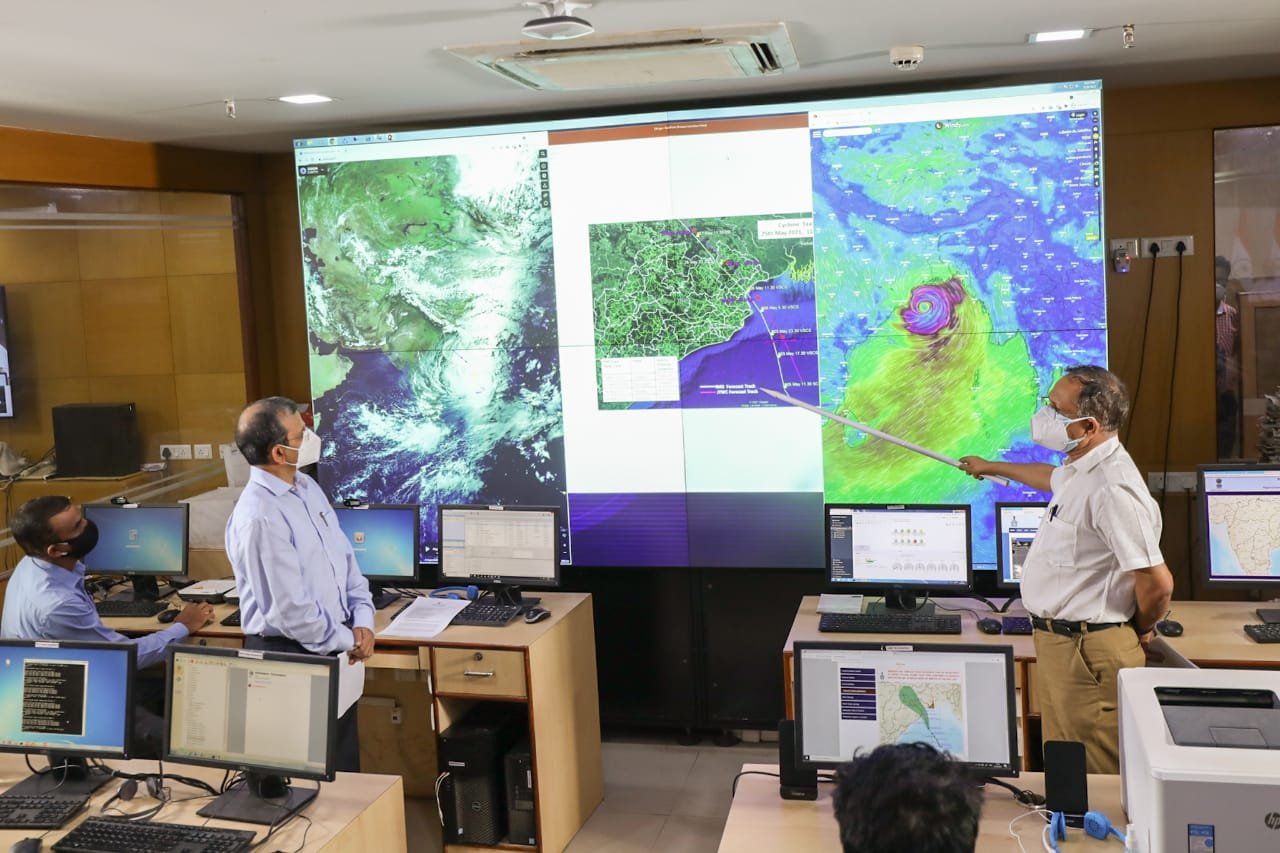
During Fani (the rare ‘third time in 150 years’ summer cyclone which Odisha endured), the hugely challenging job of evacuating a record 12 million people to more than 9,000 safe shelters in just 24 hours was competently organized. It put another rewarding stamp of success on the years and years of planning and provision of the Naveen-led state Government for limiting loss of lives and property to the minimum. The whole world witnessed the demonstration of disaster preparedness by a resilient and transformed Odisha. The Chief Minister’s ‘Zero Casualty’ goal has come true today. Two Odisha villages – Venkataraiapur in Ganjam district and Nolia Sahi in Jagatsinghpur district – have received appreciation and recognition by the UNESCO-Intergovernmental Oceanographic Commission as‘Tsunami-Ready’ Villages. It constituted the first such instance of any Indian village being recognized by UNESCO for setting up disaster relief models at the community level and brought glory to the country.
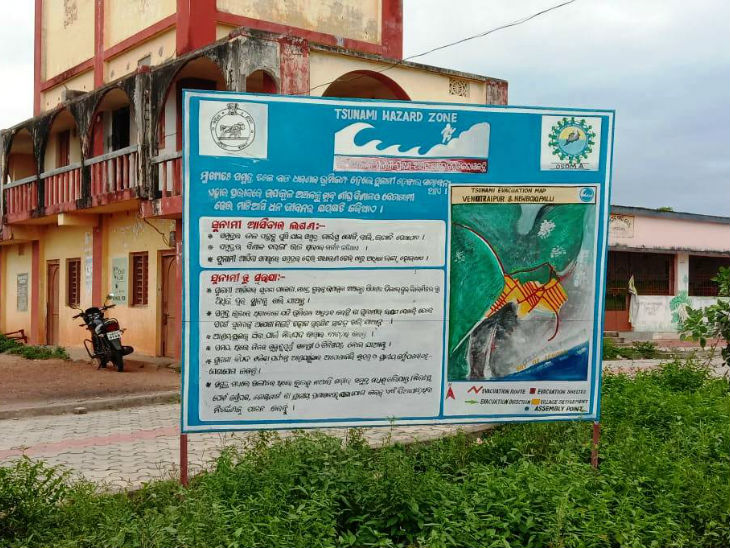
The United Nations Population Fund (UNFPA), India has praised Odisha’s efforts in saving the lives of women and newborns during humanitarian emergencies caused by COVID-19 pandemic and cyclone Yaas.
“During humanitarian emergencies, we must protect the right to access sexual & reproductive health services to save the lives of women & newborns, ensure accountability for human safety & well-being, & take into account the special needs of women”, the UN agency said.
Odisha show it’s done, it added.
Chief Minister Naveen Patnaik has once again demonstrated his statesmanship for the cause of nation by not demanding cyclone relief package for Odisha citing pandemic situation in the country.
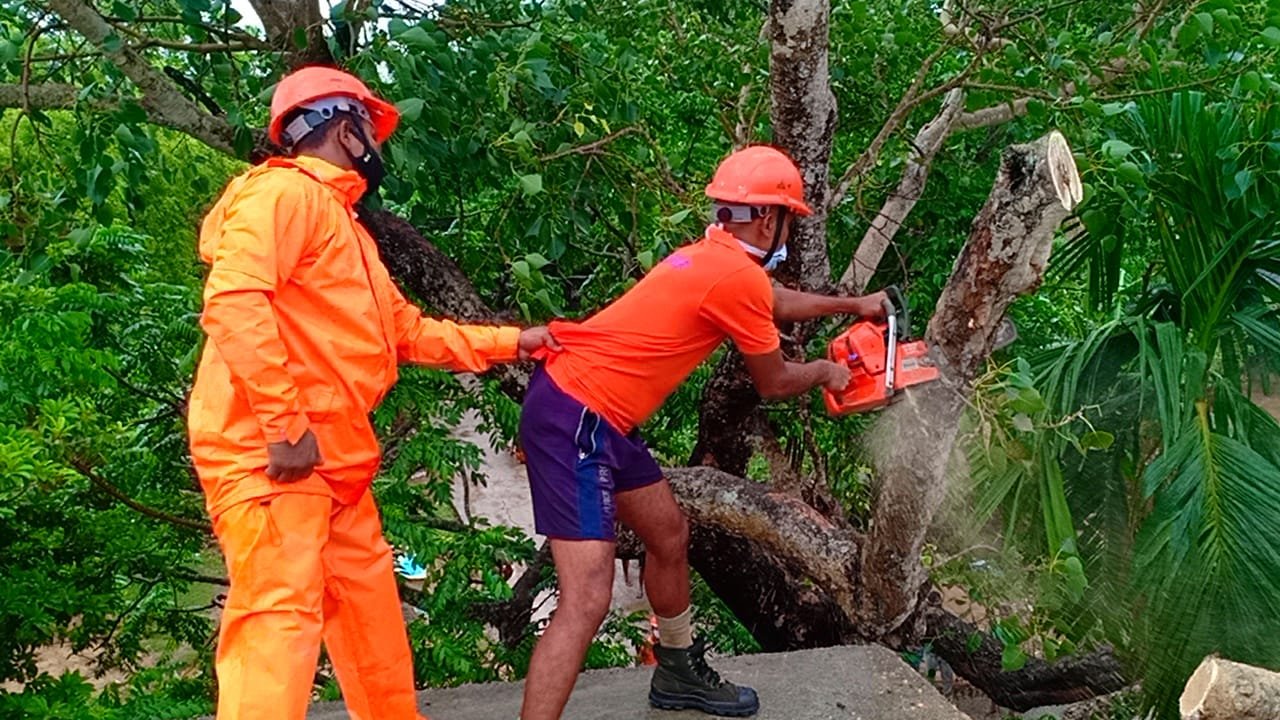
“As the country is at the peak of COVID-19 pandemic, we have not sought any immediate financial assistance to burden the Central Government and would like to manage it through our own resources to tide over the crisis”, Naveen said after attending a review meeting with Prime Minister on post cyclone Yaas situation in the State.
A commander stays at the vanguard of his army while facing up to hostilities and the enemy forces. Much in the same manner, the most loved leader of the state – the Chief Minister himself – has directly led things and has been in the forefront of the state’s disaster management mission. He has meticulously used the state administrative machinery to protect every single possible life and has been keen in his supervision. Party workers, youth volunteers, police administration, grass-root political leaders–all have been carried along and been motivated in to the mission. With his focused and honest combat of successive cyclones, Shri Naveen Patnaik has made ‘Zero Casualty’ a reality. The timely-measures-anchored global benchmark that Odisha has set in disaster management is a model worthy of emulation by other states. And standing between nature’s fury and his forty-million-fraternity like the Himalayas, the Chief Minister has been a wall – an impregnable wall.


Comments are closed.